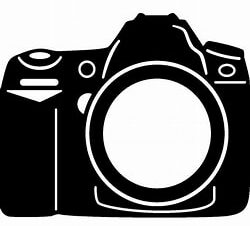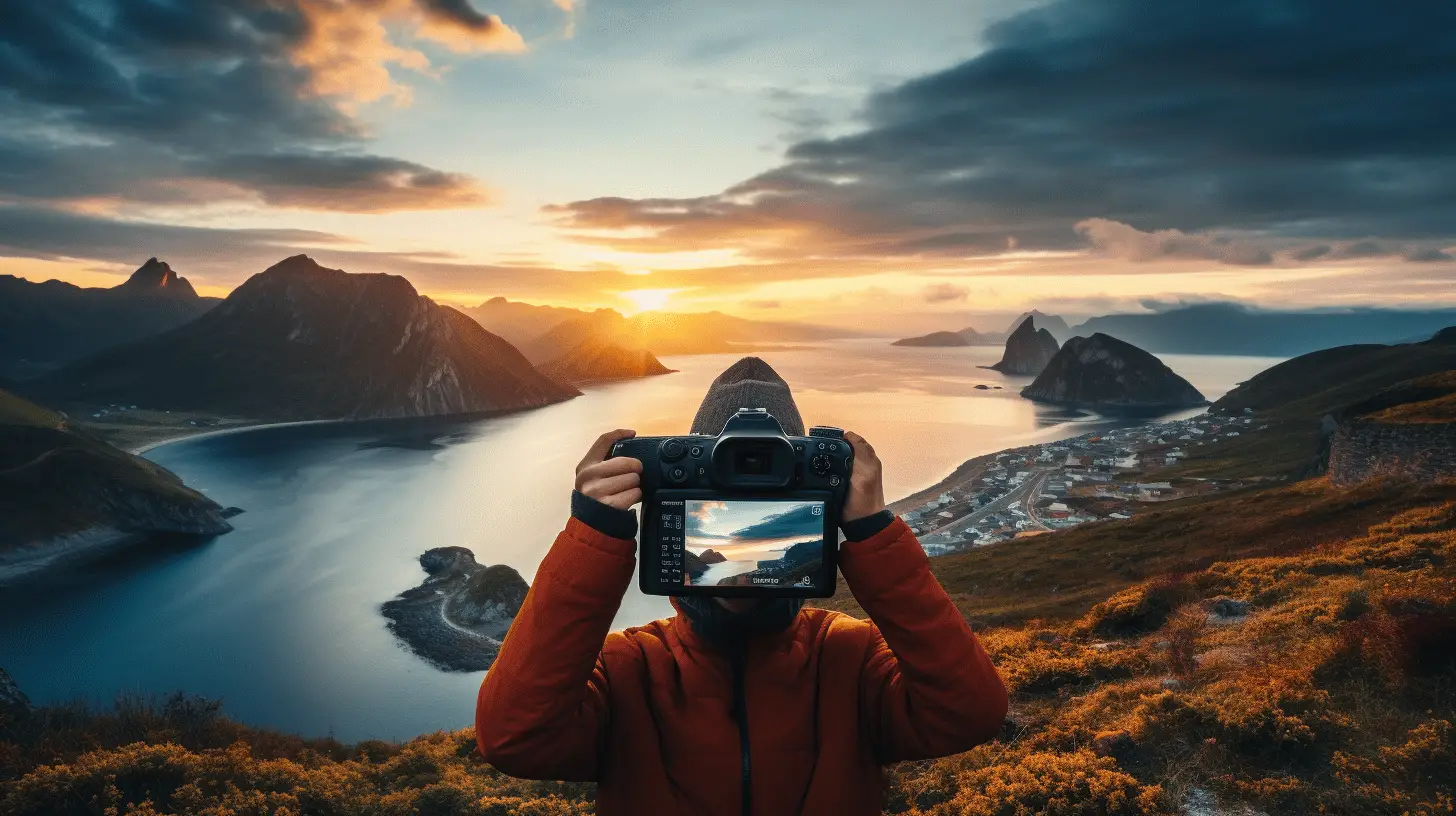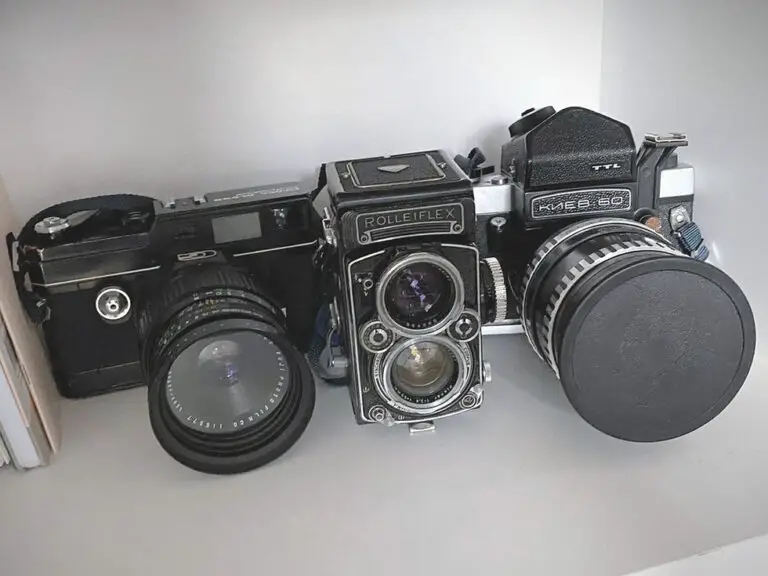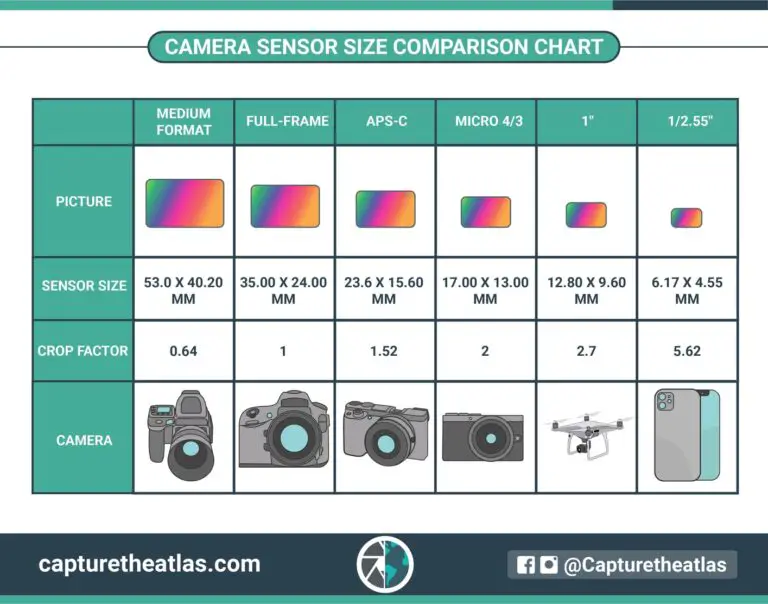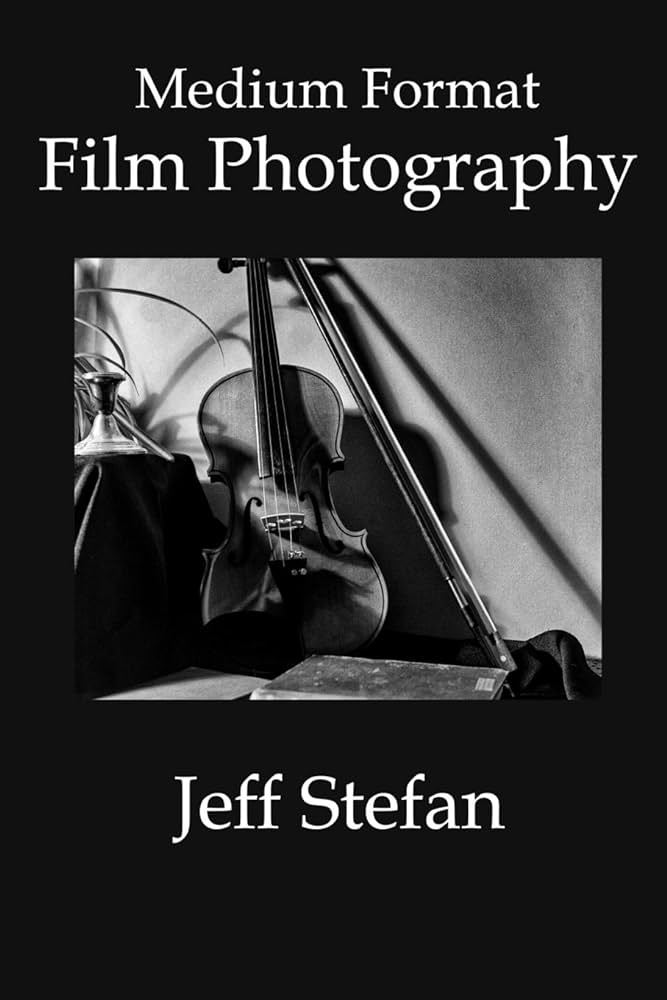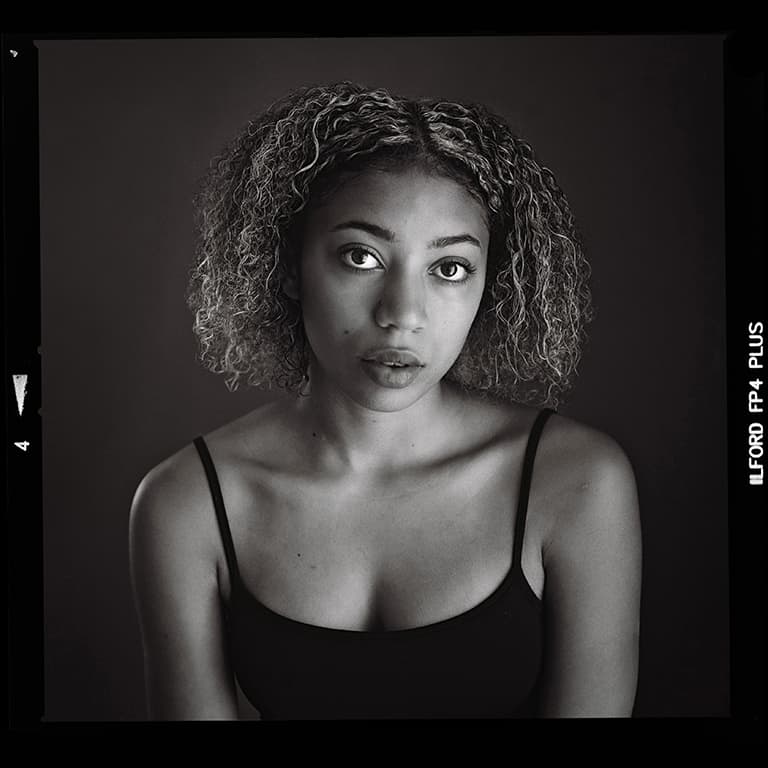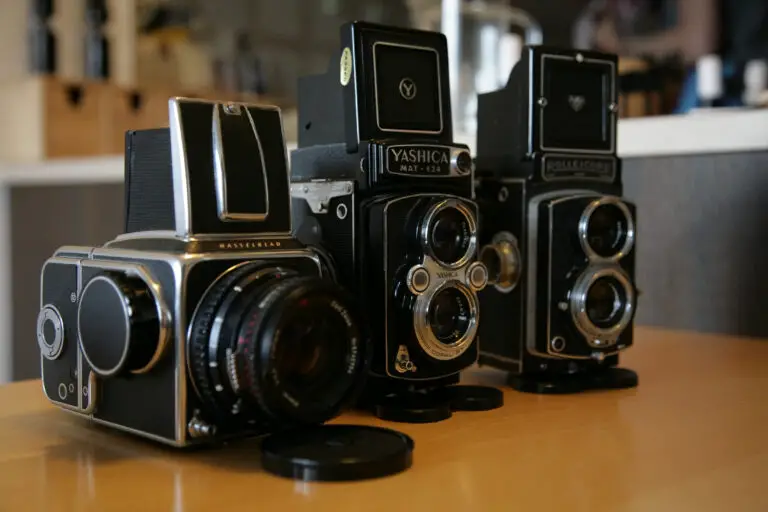Medium Format Landscape Photography: Maximizing Detail in Vast Scenery
Landscape photography is about more than just taking pictures of beautiful places. It’s a way to capture the scale, majesty, and subtleties of the natural world, presenting them in a way that transports viewers to the very scene you’ve witnessed and to the emotions it evokes. For photography enthusiasts and professional landscape shooters, the depth of scenery is a precious canvas onto which the medium format technique can paint masterpieces of detail and nuance.
In this detailed exploration, we’ll uncover the art and science behind using medium format photography specifically for capturing the intricate details of vast landscapes. We’ll discuss how this niche of photography can transform your images from stunning postcards into awe-inspiring windows to the world.
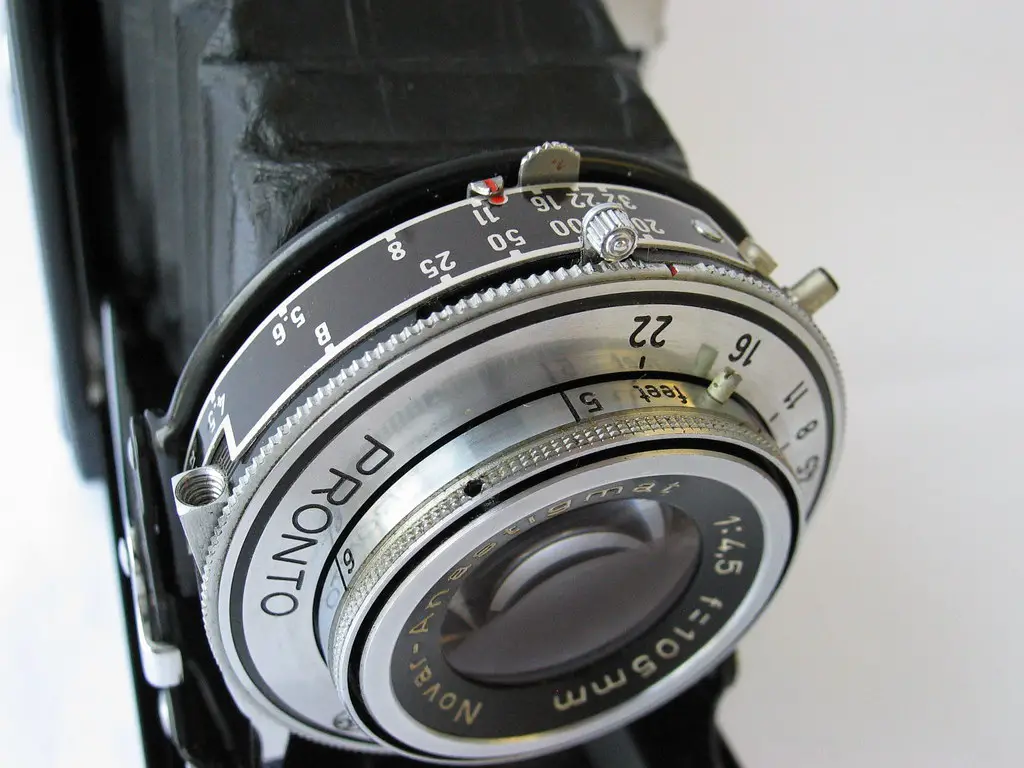
Understanding Medium Format Photography
Medium format photography is a specialized form of photography that uses film or digital image sensors that are significantly larger than full-frame 35mm format (36 mm × 24 mm frame size). This larger format brings about a host of advantages, particularly in landscape photography.
The Definition and Advantages
The defining characteristic of medium format photography is the sheer size of the film/sensor, which can vary but overall provides much more detail and color information compared to smaller formats. Medium format cameras often capture images with resolutions that are measured in dozens of megapixels, which allows for incredible enlargements without sacrificing quality. This is particularly advantageous when shooting expansive landscapes as the captured detail elevates the photo, making it more immersive and real to the viewer.
Optimizing Composition for Vast Landscapes
Effective composition is critical to any photograph, but when the goal is to capture the grandeur of vast landscapes, the composition takes on added significance.
Rule of Thirds and Leading Lines
The rule of thirds remains a prevalent guide for composition and is particularly effective when shooting landscapes. By placing the horizon on one of the horizontal lines, or major elements at the intersections of the lines, you create a more balanced and intriguing composition. Leading lines can be anything from roads and rivers to rock formations and the contours of the land, all of which draw the eye into the image, emphasizing depth and distance.
Foreground Interest
Including a strong element in the foreground not only adds a three-dimensional aspect to the image but also helps to create a sense of depth and scale by giving the viewer something tangible to relate to. Choosing the right foreground element, such as a flower, log, or even your traveling companion, can anchor the photo and enhance the storytelling aspect of the image.
Utilizing Light and Weather Conditions
The light and weather conditions at the time of the shoot can dramatically change the mood and appearance of the landscape.
Golden Hour
The ‘golden hour’, the period shortly after sunrise or before sunset, is renowned for its soft, diffused light that casts a golden hue across the land, adding warmth and depth to the scene. Shadows are longer, and the landscape’s contours are accentuated, bringing about a more dramatic visual effect.
Weather Effects
Different weather conditions, from the clear skies of a crisp autumn morning to the moody atmosphere of a foggy or rainy day, can completely transform the character of a landscape. Mist and fog lower visibility and create a sense of mystery, while the golden light filtering through the clouds during a storm can produce unique colors and skies.
Shadows and Infrared Photography
Midday shadows cast by the sun can create geometric patterns that add an interesting layer to landscape compositions. Additionally, medium format cameras are often preferred for infrared photography, a technique that can produce an ethereal effect by rendering foliage in white or red tones, enhancing the surreal nature of the landscape.
Gear and Settings for Detail Enhancement
The right gear and settings are the tools that transform your vision into a tangible photograph.
Camera Selection and Lenses
Medium format landscape photographers often opt for cameras with higher resolution and dynamic range, key for capturing the minute details and subtle gradations in light that vast landscapes offer. Lenses, too, play a crucial role; wides can present sweeping vistas, while tilt-shift lenses can correct perspective or enhance the depth of field.
Aperture and Shutter Speed
In landscape photography, it’s typically desirable to have a large depth of field, meaning a small aperture. For medium format cameras, a good starting point is around f/11 or f/16, though this will depend on the specific lens and scene. A slower shutter speed is often preferred, which may require a tripod to ensure sharpness.
Post-Processing Techniques
Post-processing is where the details of the landscape really come to life, and with medium format images, the level of detail is substantial and ripe with potential for enhancement.
Sharpening and Contrast Adjustments
Light sharpening can help to bring out the finer details of the landscape, but care must be taken to avoid overdoing it, which can lead to a noisy or ‘crispy’ appearance. Adjusting contrast can also boost the textures of mountains, clouds, and other elements, adding further depth to the image.
Color Correction
Color accuracy is one of the strengths of medium format photography, and post-processing offers a chance to fine-tune color balance to accurately represent the hues of the scene. This can be particularly useful in dealing with the color casts from different times of day or weather conditions.

Showcasing Your Work
Finally, the work is ready to be seen and appreciated. But having a strategy for showcasing can make all the difference in reaching and engaging your audience as well as in personal and professional growth.
Online Platforms and Social Media
There are countless online platforms where you can share your work, from photography-focused sites to general social media. When sharing on platforms like Instagram or Facebook, engaging captions and relevant hashtags can help your work reach a broader audience.
Portfolio Websites
Portfolio websites offer a more curated and professional presentation of your work. They can be a place to highlight your best pieces, group compositions by project or series, and even sell prints if you’re so inclined.
Conclusion
Detail in landscape photography isn’t just about sharpness; it’s about capturing and conveying the grandness and nuances of the natural world. Medium format photography is a powerful tool in the hands of landscape photographers who seek to bring not just landscapes to their viewers, but experiences. By understanding the technology, perfecting your craft, and sharing your vision, you’re creating a legacy of the world’s splendor that is as intricate as the detail it captures. The art of medium format landscape photography is an ongoing adventure, and the sceneries of our world beckon you to continue the exploration.
